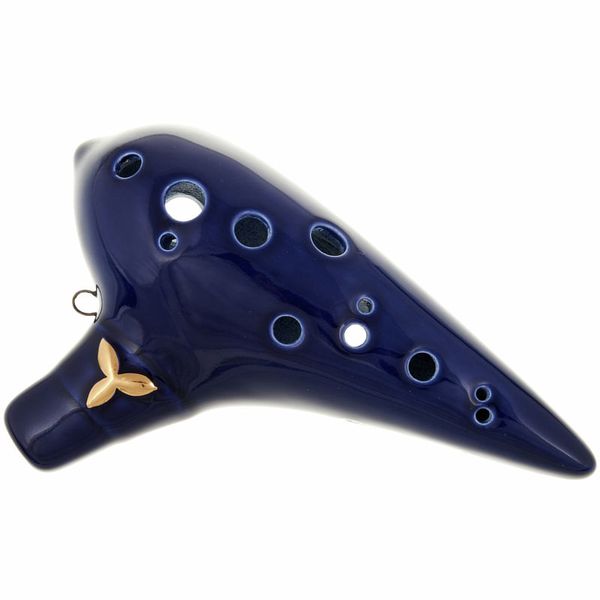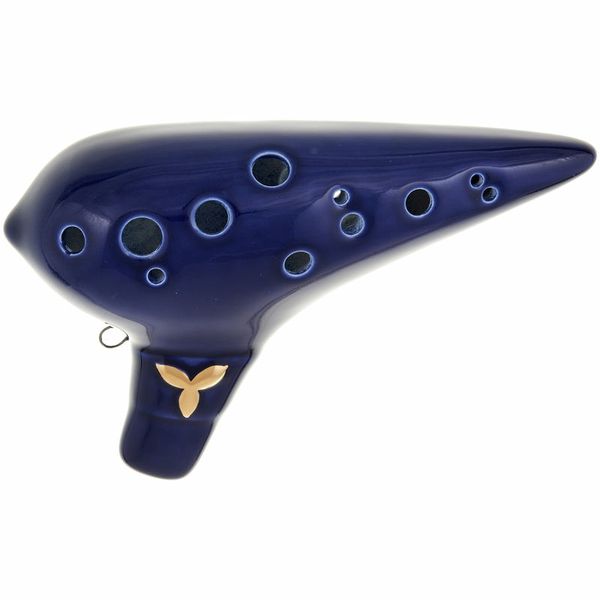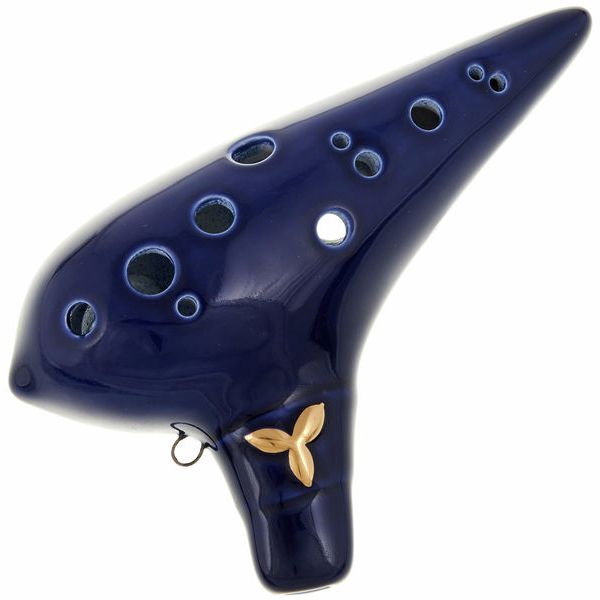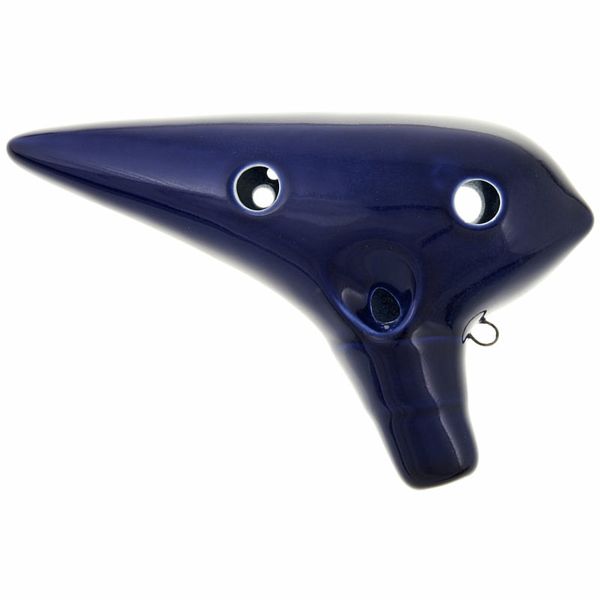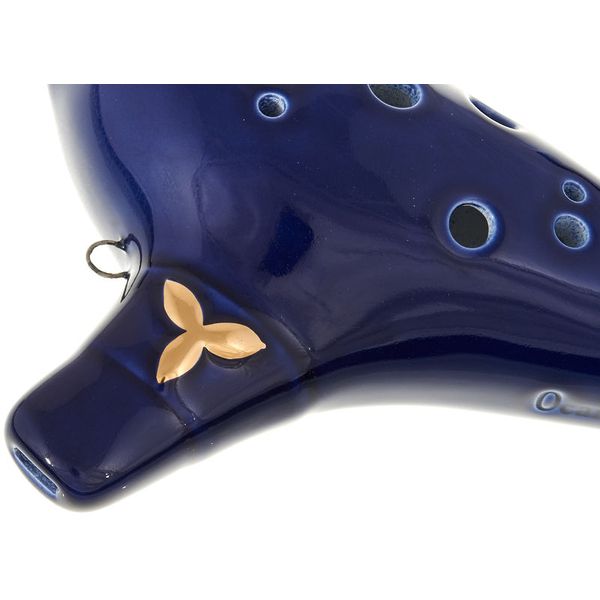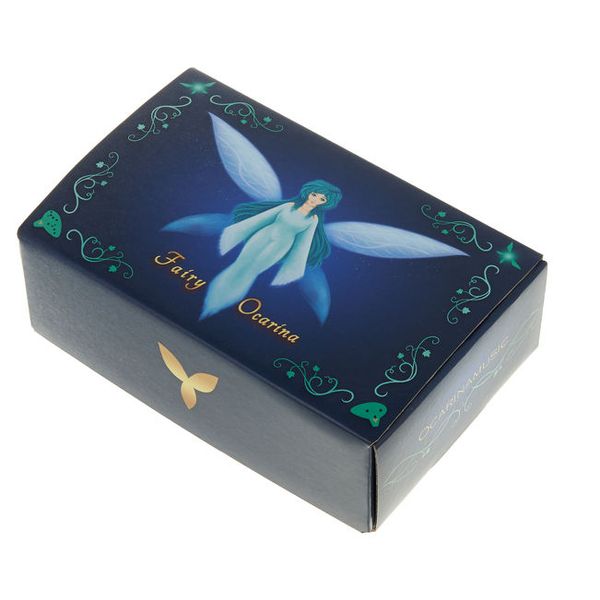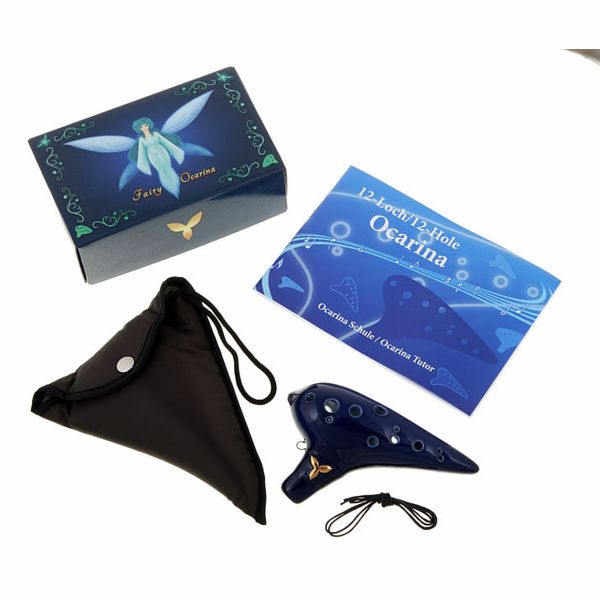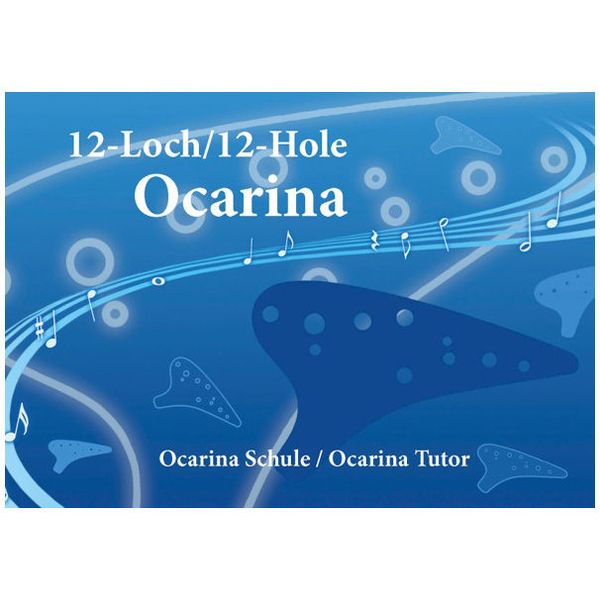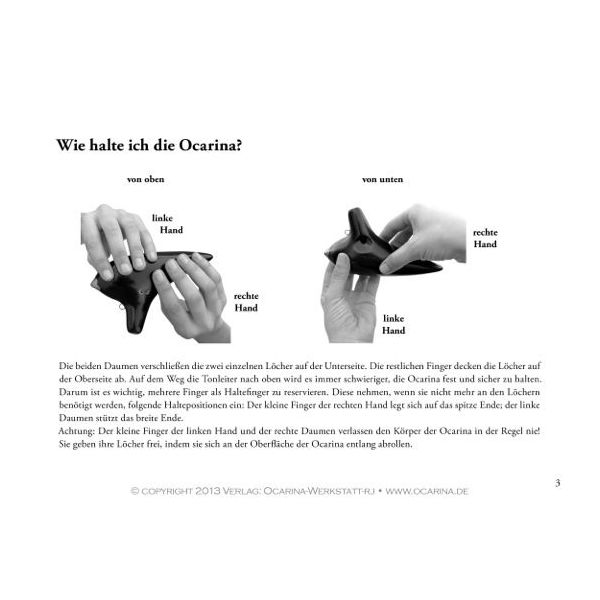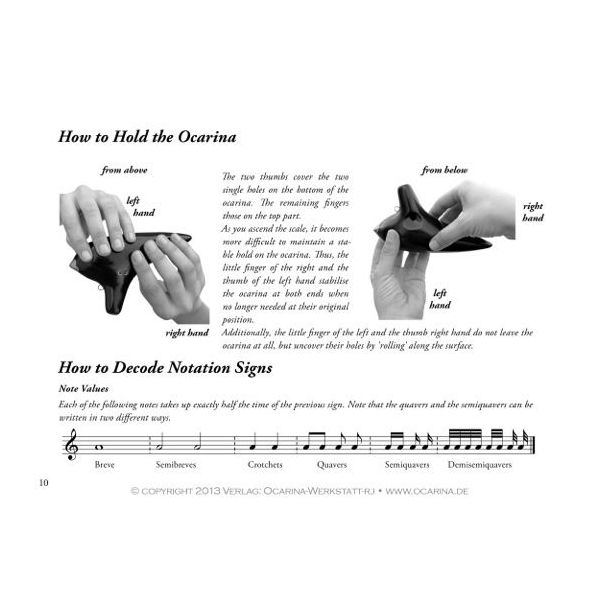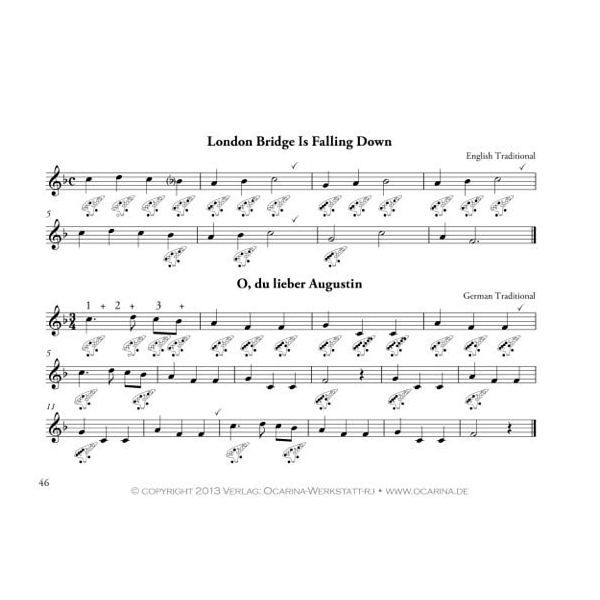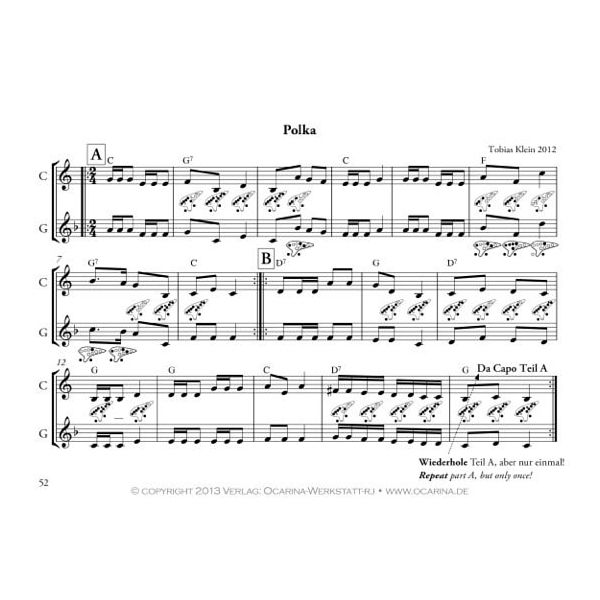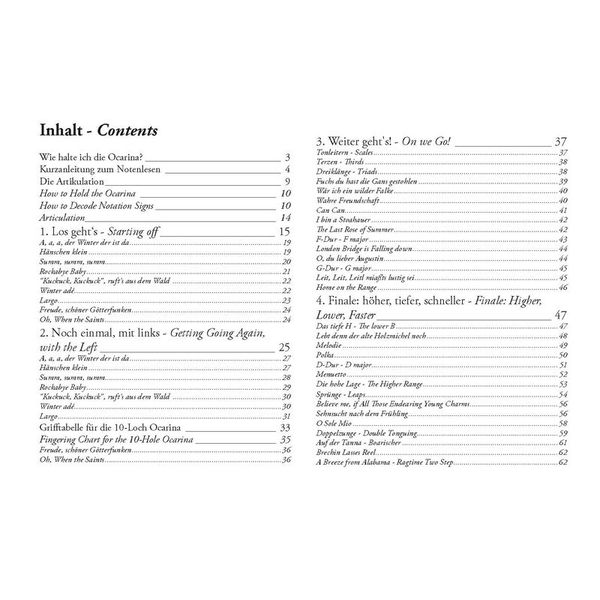I'll be very thorough since I was missing some pieces of information when buying this ocarina myself. Note that this only is my experience (very much an amateur) and I've been playing pretty actively for half a year (but a musician long before that), and that there are slight variations in ocarinas regardless if they're the same model.
I'll be comparing this ocarina to a Knight by Noble since that is what I owned previously, and I believe a few people can relate.
Don't be fooled by my nit-pickings of this wonderful ocarina, I believe it was one of the best purchases I could've made as a 12-hole AC non-plastic ocarina. Still have to try a Black Rose by stein/focalink though, that would be my second pick. If you're satisfied with a 10-hole ocarina I would go for the version by Rotter (also available on Thomann) as it sounds like it has a sweeter tone from the recordings I've heard compared to the Fairy ocarina. Check out the samples by Vera Unfried (often linked at the bottom of the Thomann pages), I rever her as the best Ocarina player you can find on youtube at least!
### Feel
Stickier than Night by Noble. Not like super polished, but still a glossy glaze. Makes sliding to/from subholes trickier so something to get used to. I have pretty dry hands, I can imagine this would be an issue if you have not. Feels like this gets worse after using it, but a wipe-off now and then should do the trick. I'd compare the feeling to very old porcelain that's not completely smooth anymore.
### Grip
I felt like Night by Noble is better for larger hands, and therefore the holes align more naturally for me there. I feel more strain after playing the Fairy, not because of weight but because my fingers don't align with the holes perfectly without some effort. I think this will improve over time though.
The holes are harder to cover on Fairy than Noble, but not something that should be an issue as you become better.
### Subholes
Disclaimer: I haven't gotten to the point of being comfortable with using the subhole for the right-hand pinky.
Using the subholes is quite different from Night by Noble, not by design but how it affects the pitch. I only use the right-hand-middlefinger subhole when playing C#/Db, for D# I use the left-hand subhole, and that is because each subhole affects the pitch slightly different. Of cource you can adjust this by adjusting breath pressure, but this is how I've come to use the subholes to achieve a linear breath curve.
Night by Noble on the other hand, I find the right-hand subhole pretty much unusable for C#/D# since it barely affects the pitch (unlike the left-hand subhole). I've been using a pitch measurer to double check just so that I don't mishear. I quite like this though as I find it easier to control the pitch-shifting with the "inactive" or "opposite" hand.
### Sound
I love the sound, has a lively clean tone. You can really express yourself with it. It's louder than Noble but not a lot more I'd say.
Some reviews mentions that the acute bend is necessary for a clean high note (e.g. F, all holes open), while it does make it easier it is not necessary. But note in the example video by Vera Unfried that she does the acute bend on the high F, since she is a pro I trust that it helps in some ways, although not strictly necessary. I find it hard to consistently hit a clean F, but it has improved with practice. Compared to Night, Fairy is so much better though. The pitch isn't as sharp and piercing, much kinder to the ears even though the tone is louder.
Playing the lower A requires a very soft breath pressure. To me this note is too quiet and makes it hard to use in front of an audience. All notes below lower C has this issue really, but A is obviosly the most noticeable since it's also the lowest tone. Here I prefer Night, it has a stronger low-registry, a flatter breath curve. The Fairy have a cleaner low-registry though if you prefer that, not as airy.
On the other hand, using the Milt-technique to reach higher notes outside of the range is much easier and prettier on Fairy than Night. And you can get pretty high notes (maybe even a C), but I try to perfect a simple G before that.
### Misc
Yes, this is an Ocarina made by Johann Rotter (Ocarinamusic). I have mailed and asked Thomann about it since I saw rumours that Rotter had stopped making ocarinas, but it seems that that is not the case and there are more ocarinas being produced. And yes, they are still made by him (according to Thomann).
From what I've found from Rotter's youtube channel it looks like this was his favorite "Zelda" themed model of the ones he made.


